Do you see tiny flies around the sink or drains in your home? Although drain flies might not cause much concern, further investigation is worthwhile.
Keep reading to learn what causes them, what kind of danger they pose, and how to get rid of them.
Table of Contents
What are Drain Flies?
Psychodidae is the most common species in the UK and looks much like a moth. They are black, grey, or brown-grey in colour. Additionally, their antennae have hairs arranged neatly on the sides, resembling feathers piled up together.
Although drain flies look like moths, they cannot fly far. They make large hops from one place to another instead of buzzing around your home as other insect pests might do.
In size, they are similar to gnats and fruit flies. What makes them different are their small, moth-like wings and round, fuzzy bodies. These flies are a real nuisance and can be found in residential and commercial properties. Drain flies are also called sink flies or sewer flies.
In just 48 hours, drain flies lay and hatch 300 eggs, so it’s important to prevent them from spreading through your pipes.
What Causes Drain Flies
Drain flies are attracted to stagnant, shallow water and organic debris and are most often found near their sources of food, such as sinks and showers, where bacteria can build up. Decomposing matter, such as sewage, is ideal for drain flies. So, we can safely say that poor maintenance of your drain pipes can cause the uncontrollable breeding of drain flies.
Are Drain Flies Harmful?
No, drain flies are not harmful but can be quite a nuisance when there are a lot of them. They do not bite, and disease transmission is not a concern when it comes to them. However, they can spread bacteria, considering where they breed and live – in sewer pipes and wastewater drains. Still, their short lifespan prevents them from travelling long distances, anyhow, so it’s less likely that they will cross-contaminate surfaces around your home.
Signs of Drain Flies Infestation
Drain flies are usually seen resting on the walls of bathrooms or hovering above sinks and drain holes. On rare occasions, you may also see the larvae of the insects.
As you start to notice moth-like flies around the house, you may not immediately realise you have a problem growing in your pipes. A few things can help you detect whether there are more drain flies in your plumbing.
Drain flies lay their eggs in the organic matter that accumulates right at the opening of your drain. Look for thin, tube-like drain-fly larvae by removing the drain cover. Then, scrape away the slime, and check around the drain. If you don’t see any on the outside but are certain that you have an infestation, this could mean they have been laid deeper inside the pipes.
How to Get Rid of Drain Flies
Both natural and chemical methods, such as fogging and professional fumigation service, can be used to get rid of a drain fly infestation. And what you decide to use will largely depend on its severity. It is often possible to eliminate drain flies quickly using everyday items found under your kitchen sink.
In most cases, the best control method for these flies is to eliminate the breeding sites, which is in fact, the organic matter collected in the drain. It is crucial to locate and clean this source. In the event of an infestation, homeowners should take the appropriate steps to eliminate it, as well as create a plan to maintain their drains regularly to avoid future issues.
So, it’s best if you regularly clean the drains to deter adult flies from finding an easy breeding spot.
It is possible to get rid of any remaining flies with an aerosol insect spray.
Now, let’s have a look at the way you can clean your drain pipes in order to control and eliminate a drain fly infestation.
Natural Ways to Get Rid of Drain Flies
- To begin, use your standard cleaning solution to clean your sink and drain. You may use a pipe brush to clean around and inside the drain.
- The simplest way to eliminate drain flies is to pour boiling water down the drain. Once or twice a week, boil a medium pot of water and pour it down and around the drain.
- Baking soda and vinegar – by combining these pantry items, you can create a natural cleaning solution. Add 1/2 cup baking soda to 1 cup vinegar, and pour down the drain. Baking soda expands when it is combined with vinegar, and the mixture will effectively clean the drains and kill the eggs, larvae and any adult flies. Let the homemade cleaner sit overnight in the drain, then pour boiling water down in it in the morning.
- You can create an apple cider vinegar trap using a small dish covered in plastic wrap if you’re still seeing adult drain flies around. By poking holes in the plastic wrap, you will entice flies to enter, but they will not be able to escape.
Are you dealing with a pest infestation?
You don't have to be alone in the battle against pests. Hire a professional pest expert!
Call usDrain Fly Control with Chemicals
As drain flies are often found in or around the pipes, common cleaners and chemical substances that will clean the drains can also kill the insects, as mentioned earlier. Always read the directions on chemical cleaners, and don’t mix them with other chemical or natural cleaning products.
After you flush your drain with warm water and give it a quick brush with a metal pipe brush, you can clean out the remaining residue with a traditional drain cleaner. Verify whether you can use these products a second time if needed and whether they can be applied to drains outside of the bathroom.
Warning: Some of these products contain caustic chemicals. It is advised to keep them away from the kitchen and be aware that they could damage your drains.
How to Prevent Drain Flies
Drain flies breed in moist decomposing organic matter. They can reproduce under dripping air conditioners, in stagnant birdbaths, in puddles of water, and in standing water somewhere outdoors. Breeding occurs in overflow cuts, sinks and tubs, sump pump pits, and sewers. A drain fly can enter a home through the kitchen sink, bathtub, and toilet sink drainpipe openings.
Therefore, you can minimise a drain fly issue by regularly maintaining your drain pipes clean and by removing water sources that can serve as breeding grounds.
- It is essential to make sure that appliances like the refrigerator, the dishwasher and the washing machine are in good working order and not leaking, for instance. When stagnant water accumulates in certain places, drain flies may be attracted to breed there.
- Ensure there is adequate ventilation in stuffy places. Don’t allow water to stand in bathrooms, as this will invite drain flies. Ventilation is essential in bathrooms. If possible, open your bathroom windows. Little critters like drain flies love humid and warm environments. Check the drains and ensure they are not clogged.
- If you spot drain flies in your bathroom, for instance, wipe surfaces and fixtures in that area thoroughly, as the insects may have laid some eggs. Clean the walls, countertops and furniture they might have landed on with sanitiser.
- You can prevent drain flies by regularly cleaning and flushing the drains with boiling water and then treating them with bleach.
Regardless of whether you see just a few drain flies, always act upon this straightaway, as it’s one of the early signs of an infestation. They rarely disappear by themselves if you let standing water accumulate in your pipes or around your property.
Treatment of drain fly infestations with homemade remedies takes time and effort. However, should these DIY attempts fail, we recommend speaking with a specialist to determine how best to handle them.
What’s the Best Way to Get Rid of Drain Flies? Hire An Exterminator or A Plumber!
You may want to consider hiring a flies pest control specialist if you’ve already tried to treat drain flies on your own without success. A professional exterminator will be able to handle the problem and eliminate the drain flies effectively.
However, when a plumbing issue is identified, you need to call a certified plumber. If nothing seems to work, you may be dealing with a broken sewer line under your home’s slabs. This will require an expert to remove the soil, break open the concrete flooring, and repair the pipe in this case.
Depending on the situation, you may need to hire both types of professionals.
Are you dealing with a pest infestation?
You don't have to be alone in the battle against pests. Hire a professional pest expert!
Call us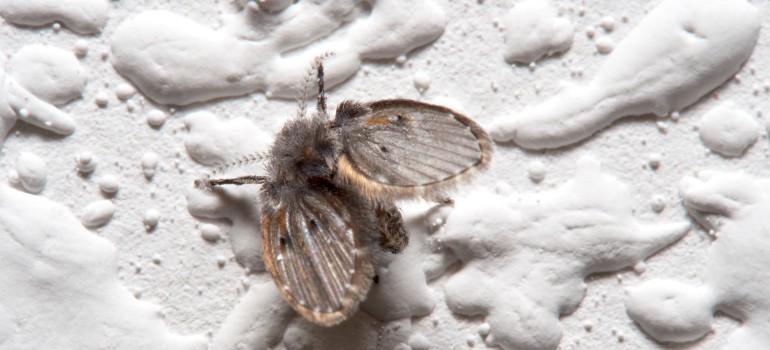

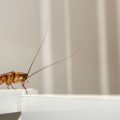


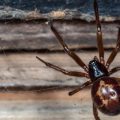
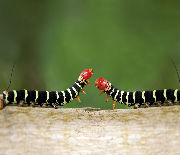
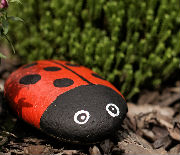
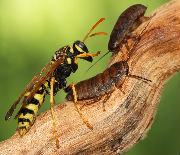
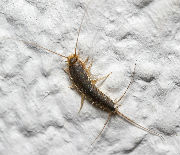
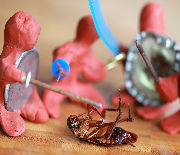
Leave a Reply